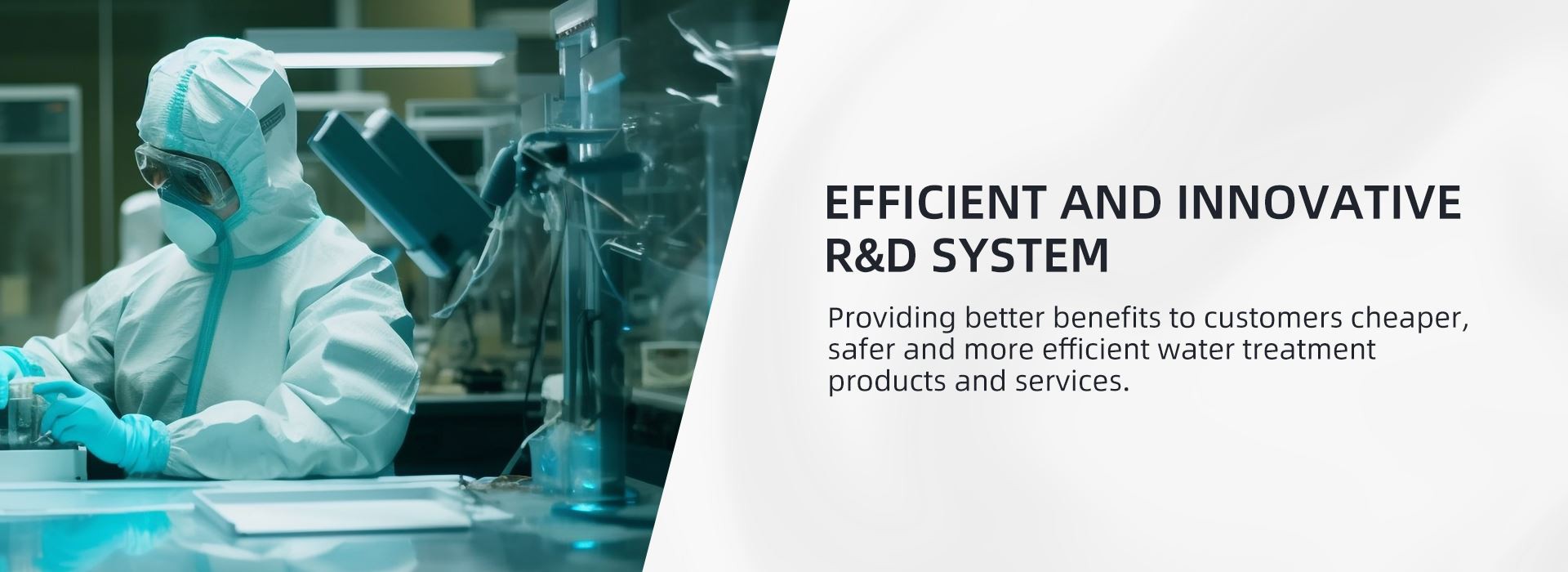Ion exchange resin is a powerful tool in many fields, but a thorny problem that users often encounter is clumping. The occurrence of this phenomenon is often troublesome because it not only affects process efficiency, but also increases operating costs. Today, we will delve into why ion exchange resins tend to clump and how to effectively address this issue.
Ion exchange resins may experience clumping during use, which is usually caused by the following factors:
1. Salt accumulation: When using cation exchange resin to remove cations from water, these cations will gradually accumulate on the resin. If these cations accumulate too much on the resin, they can combine with each other and form salt crystals, causing resin particles to stick together and form clumps.
2. Resin supersaturation: If there are a large number of ions on the ion exchange resin and the resin does not have enough exchange sites to accommodate these ions, excessive ions will deposit on the resin and may cause clumping.
3. Moisture impact: If ion exchange resins are exposed to high humidity during storage or operation, they may absorb moisture. When the resin absorbs enough water, it may expand and become sticky, making it prone to clumping.
4. Pollutant: Sometimes, ion exchange resins may adsorb pollutants that can interact with ions on the resin, leading to clumping.
5. High temperature operation: Running the ion exchange resin process under high temperature conditions may cause the resin to soften, enhance the adhesion between particles, and easily clump.
To prevent or solve the problem of clumping, the following measures can be taken:
1. Resin regeneration: For renewable ion exchange resins, regular regeneration is carried out to remove ions accumulated on the resin and prevent oversaturation and clumping.
2. Proper operation and maintenance: Ensure that the manufacturer's recommendations are followed during operation and maintenance to prevent oversaturation and clumping.
3. Monitoring water quality and resin performance: Regular monitoring of water quality and resin performance, as well as the condition of the resin bed, can help detect agglomeration issues early.
4. Control humidity: When storing and operating ion exchange resins, avoid high humidity environments to reduce the risk of moisture absorption and clumping.
5. Appropriate temperature control: Under high-temperature operation, ensure that the resin is operated within the appropriate temperature range to prevent the resin from becoming soft and clumping.


